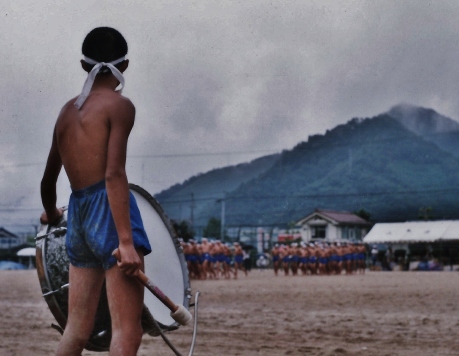Valentine’s (and White) Day in Japan。。。ハピーバレンタインデイ
“It took us a long time to realize that a purpose of human life, no matter who is controlling it, is to love whoever is around to be loved.” Kurt Vonnegut.  Heart-shaped “Ema” – wooden plaques on which you write your wishes/prayers. Kasuga Taisha Shrine (Nara, 2008) ema are almost exclusively for wishes of love, for the Special Someone, or to find that Special Someone. . .
Heart-shaped “Ema” – wooden plaques on which you write your wishes/prayers. Kasuga Taisha Shrine (Nara, 2008) ema are almost exclusively for wishes of love, for the Special Someone, or to find that Special Someone. . .
ハピー バレンタインデイ
Happy Valentine’s Day
______________________________________________
Enduring love stories in a coming of age memoir of Japan: Dancing Over Kyoto.
. This need not, and will not, be an overly involved post. I’ll let links (and here’s a good one from TIME Magazine) provide most of the substantive information you may be looking for or curious about. Suffice to say that in Japan Valentine’s Day thrives, but is celebrated somewhat differently than it is in North America. For one, it’s the women who give the men chocolate. To make things a little more complex, there’s “Giri-Choko” (or “Obligation Chocolate”) that’s given to to guys that it needs to be given to, male friends, co-workers, bosses, and the like) and “Honmei-Choko” (or “True Chocolate”) that’s given to a girl’s true love. Lest this seem wholly unfair to the Women of Japan, please note that one month later, on March 14, Japan celebrates the entirely confectionery industry-created holiday “White Day(scroll down just a little)”, where men are expected to return the previous month’s favors from the women in their lives; by some accounts, on White Day men are obligated treble whatever was spent on them back on Valentine’s Day. That said, I offer below a couple of my favorite Japanese tear-jerkers. By most Western pop or rock standards they’re overly saccharine or schmaltzy. I don’t care – the tunes are beautiful and the words (even if you can’t understand them) can get. you. right. there. if you’ll let them. And recall what Duke Ellington said: “If it sounds good, it is good.” These tunes are very well known in Japan. I first heard 最後のいい訳 in a little Dai-Kichi Yakitori restaurant on Shirakawa Street in Kyoto, back in the autumn of 2005. I picked up the CD the next night. A couple of years later I heard 涙そうそう while watching an in-flight movie by the same name (Nada Sou Sou) on the way to Japan as it had been incorporated into the soundtrack. Actually, the movie was sort of built around the song. Anyway, Miharu’s excellent Japan blog goes all into it. The film’s about a platonic love, the song sounds much more like romantic love. The film was a very nice one and certainly tore me up at the end (see and click on the link below to catch the end of the movie). Before that, though, I do have a couple of completed stories which fit nicely into the Love Story in Japan genre, “Etsuko” and “A Night in Kyoto“. You’re welcome to read them. Anyway, here are three (3) very nice Japanese Valentine’s Day songs. 最後のいい訳 – “The Last Excuse” — Hideaki Tokunaga . 涙そうそう – “The Tears Flow (profusely)” — Rimi Natsukawa . Note: I saw this movie on plane, high over the Pacific Ocean, flying towards Japan a few years ago. This song came on as the credits rolled. I looked up and around and saw that several of my fellow passengers were joining me in tearing-up. Additional note: the protagonists are step-siblings, not blood-related. That’s important to know if one sees the very end (after the credits roll). And here’s an excerpt from a review of Nada Sou Sou:
“What is truly unique about this movie within its genre, is its willingness to deal with real life issues; people will cheat you for their own purposes, a romantic relationship between two people from differing social statuses will not work out due to societal pressures, problems can cause strains in even the closest of bonds, and even the person closest to you will have to leave you eventually; in short, life is hard. It is because of this ability to use real life issues to move the plot along, without the apparent need to introduce plot devices out of nowhere, which particularly makes this movie shine. . . .”
What with a couple of heart-breakers preceding, I’ll wind up with a more upbeat, it’s-tough-but-gonna-work-out, J-Pop song, “Life is Like a Boat” sung half in Japanese and half in English by Rie Fu ( living several of her early years in Maryland ) – .
Finally, I invite you to check this wonderful work: “Godzilla in Love.” Credit to the artist, “failur3“. .






















